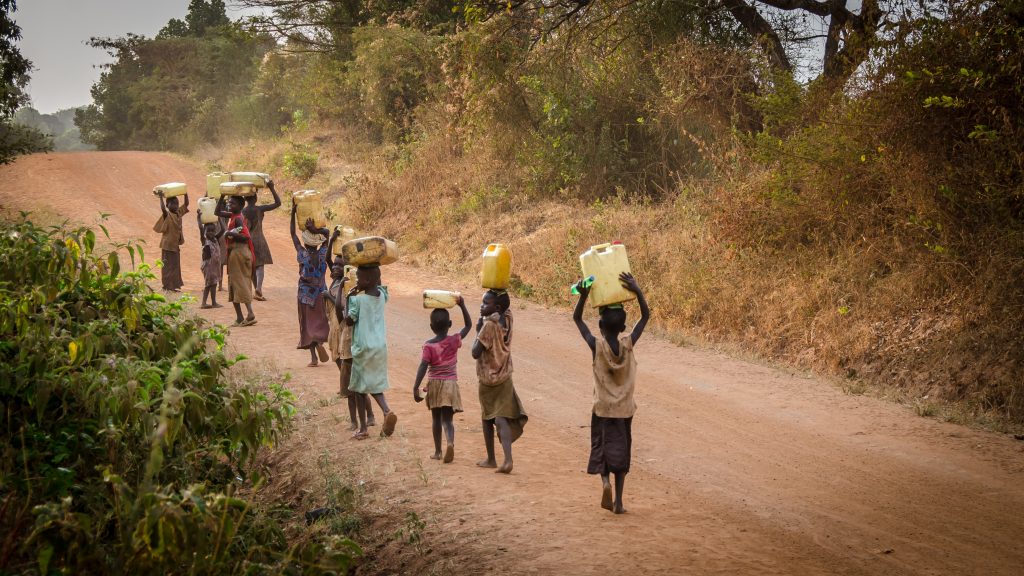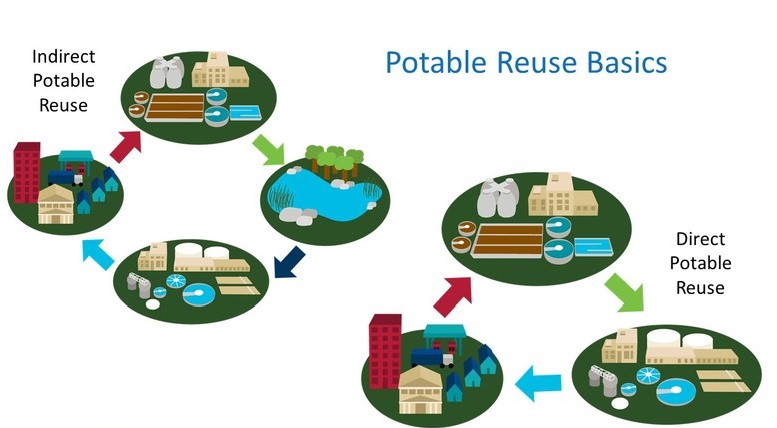Water is essential to life. Yet, despite being paramount to human survival, we use more than we have. In fact, the amount of water on Earth is not as plentiful as we think. Yes, our planet is covered by 70% of water. But only 2.5% of that is freshwater that we can drink. However, 99% of freshwater is trapped in glaciers and snowfields. So, the freshwater that is easily accessible is only 1% of that total. That means only 0.007% of global water is available to quench the thirst of 6.8 billion people. To make things worse, water pollution is growing increasingly severe. This reduces both quantity and quality of an already rare and necessary for life resource.
The clean water crisis is an abstract concept to many people, but a stark reality to others. Here are some facts about the global water crisis.
- 780 million people lack basic drinking water access. That is more than one in ten people on the planet.
- Every day, more than 800 children under the age of five die from diarrhoea attributed to poor water and sanitation.
- 90 per cent of all natural disasters are water related.

What can we do with limited freshwater?
One way to address the issue is to decrease water consumption and increase the consumption efficiency. Unfortunately, humans tend to be very inefficient water users. For example, agriculture is the largest water consumer. Many water-consuming crops are grown in arid areas. That means people are wasting water that is already not enough to meet their needs. The good news is, there are more and more water-efficient technologies in the market to choose from.
Another important strategy is to try to increase the quantity of our clean water. The question is, how? After all, the quantity of freshwater on the earth is consistent. How could we increase the freshwater resource? It seems like scientists and engineers are trying to do magic. The answer is potable water reuse, which will be a sustainable water resource.
So, what is potable water reuse?
Potable water reuse is the process of using treated wastewater for drinking water. It provides an option for expanding a region’s water resource portfolio. There are two types of potable water reuse.

The first is indirect potable water reuse. It involves environmental buffers, such as a wetland, a river, a lake, or a groundwater aquifer, before treating water at a drinking water treatment plant. This process is actually happening now in most countries, even if people are unaware of it.
The other type of reuse is direct potable water reuse. It distributes treated water directly to consumers without an environmental buffer. In this way, the water treatment process is significantly important to ensure the quality of drinking water. The distribution system is also paramount to direct potable water reuse.
Where in the world is this happening?
In 2003, Singapore introduced a high-grade reused water, called Newater. People use Newater in terms of indirect potable water. It is pumped into reservoirs to mix with rainwater before being collectively treated at a drinking water treatment plant.
Wichita Falls, Texas is the first U.S. city to build a potable water reuse facility. And it is not the last. More places are deciding whether to reuse sewage water to combat water scarcity.
Have a look at the video: Bill Gates drinks poop water. Five minutes ago, it was sewage. Now, it is drinking water.
What is the biggest challenge?
You may think the challenge is a technical issue: how do we make sure the reused water is safe to drink? In fact, it is not. We have the technology, but the process is expensive. A more tough challenge is public acceptance. There are always a series of questions.
- What do people think of potable water reuse?
- Do they accept the concept?
- Do they think it is safe?
The answer, unfortunately, is not really. People are especially put off by the term “drinking sewage water”. Despite the evidence, many people refuse to see “recycled” sewage water as safe to drink. It is an emotional response to a term that carries negative connotations. In fact, in Australia, a campaign group called “Citizens Against Drinking Sewage” tried to put recycled water off the drinking table through policy. This is partly caused by a lack of education. Many people don’t realise that we already rely on sewage recycling as our de facto method for water reuse.
“As wastewater treatment technologies improve and urban populations grow, however, interest in using treated sewage in drinking water supplies has been increasing”.
Source: abc.net.au
Future of potable water reuse
Something people may be unaware of is that astronauts in the space station already reuse their toilet wastewater and turn it into drinking water. It has been like this for many years. This shows that potable water reuse is technically feasible and safe. Drinking sewage might sound disgusting, but it is technically safe. The fact that astronauts have been doing this for years shows that people can overcome this emotional reaction.
Astronauts drink their recycled toilet wastewater because they have to. There is no other water for them to use. People may not like to think about potable water reuse; it is a very confronting topic. However, the reality is that we are facing increasing droughts and water pollution. If we do not change the way we think about and use water, we will soon all be just like the astronauts in the space station. We’ll have to drink recycled wastewater because there won’t be any other choice.
Reusing sewage water will definitely help us future-proof our water supplies. We need that water to survive and THRIVE.























